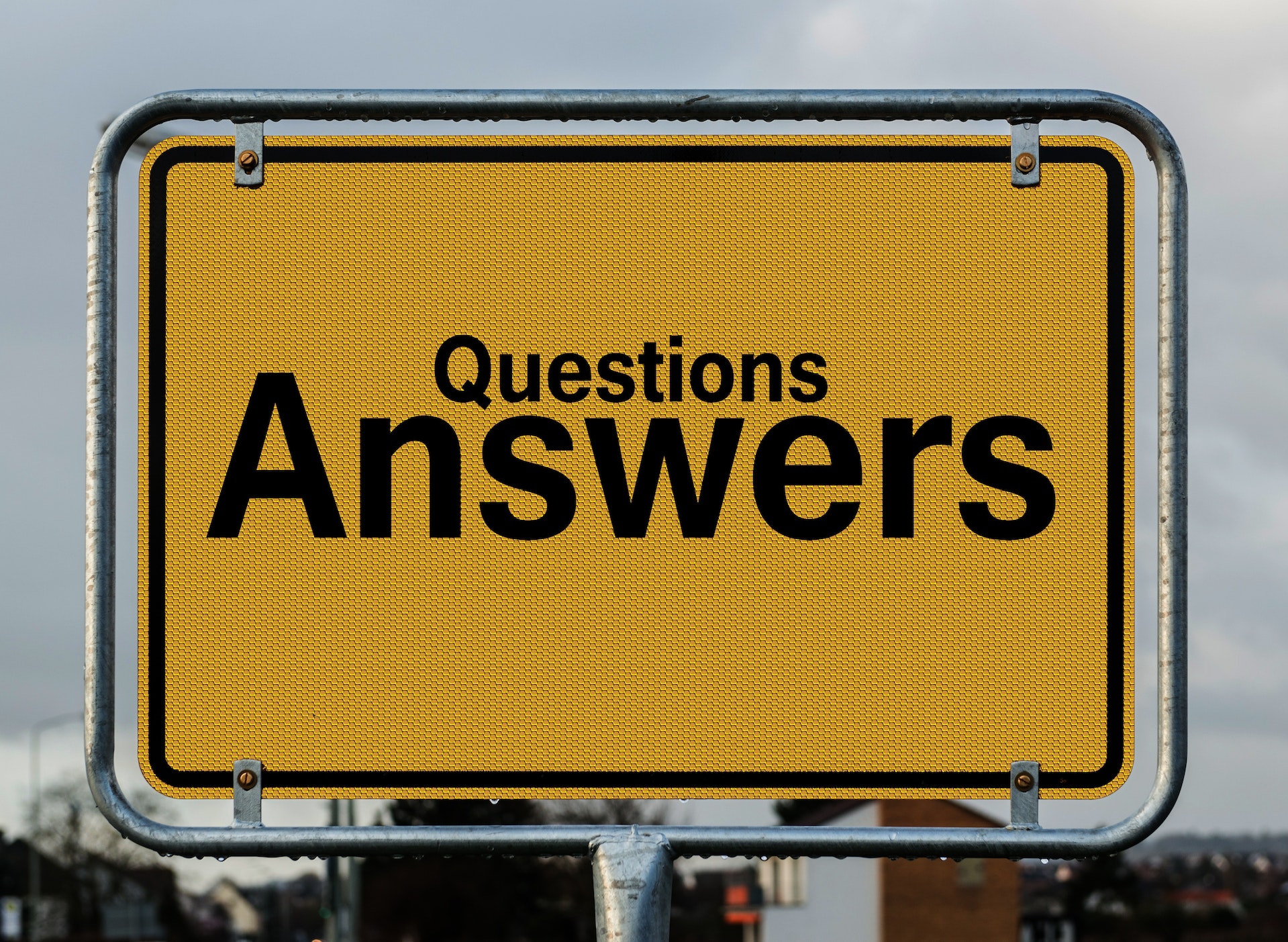
Last week I mentioned that I thought I was going to step on some toes. However, judging by the feedback received after that weekly newsletter, it shows more concern than outrage. A concern about having made the wrong investment or that “someone” has not understood the importance of having a good operational structure.
In addition, it has proven to be a confirmation of what I wrote about the fact that with the wrong structure you will never have an impact. It exudes frustration and annoyance.
So I thought I would highlight some of the questions I have received.
Proposed structure
The operational structure that I proposed consists of three phases of processes, as well as a focus on, so-called, cross-functional processes, and also the perspectives.
The three phases are:
- We take out the direction of travel
- We create the conditions
- Delivering value to our customers
Q: We have the traditional structure that you describe, and I also see the described lack of effect. But what do we do now? Should we tear it all down and start over? It will never go through with the management.
It’s a not too uncommon question I get. I usually say that you start by messing with the existing structure, but instead put energy into seeing what an alternative structure would look like. Then you can also see which of your existing processes would fit in.
The interesting thing is that you will then see which of your processes are really a coherent part of your value creation flow. Those that don’t quite fit in may need to be split up or merged with another process. It may be that two processes need to be split into two parts, which when combined in a new way form two improved processes.
So my advice is to take it easy and try out the new structure and then see it in front of you. Then you will naturally see what processes you are missing in your network. Then it is easier to start working with them to get the whole picture.
Describing the new structure to “others” in the business, or why not the whole business, will be so much easier if you’ve put your mind to it and have good material to highlight. To see it is to believe it.
So first create the structure so that you feel satisfied, and then show it to the “others”. By “you”, I do not exclude that it could be a group of collaborators who, together with you, develop the new improved structure.
Q: Isn’t “We take the direction of travel” the same as our “Leadership and governance processes”?
Partly so, but not entirely. In “Leadership and Management” processes are often added which are strongly linked to the higher layers of the line organisation. That’s true to some extent, but there’s so much more to the We’re taking the direction of travel phase.
Therein it is more evident that we are working to satisfy the owners’ demands to take out the direction of travel for the business. In the “Management and Governance Processes” you will often see the work of different management teams. But then you think line organisation and that you control the line organisation more than you control the processes.
Because in a process, as in a project, there is a built-in management structure, which is in all processes, as in all projects. This is where the real management of the processes and projects takes place. It does not happen in a separate process on the side. I have written about this in previous weekly newsletters, and it bears repeating.
So we take out the direction of travel is so much more is “Leadership and Governance Processes”, where we work on strategic issues, but we do it operationally. By that I mean that we also create these strategies, plans and instruments.
Q: Sounds interesting about the Perspectives. What do they mean? Can you explain further?
The perspectives contain what is usually not well placed in the traditional structure. Sometimes people try to create their own processes around these issues, which I call perspectives. An example of such an area is quality. If you make a process out of them, you might call it a “quality process”.
But what is it? Is it the process that will ensure that there is quality in the business, or is it the process that creates quality in the business, or what does it do?
You know, of course, that quality is created in all the work we do in a business. No one else can see to that in a side process. The same applies to the working environment or the environment. These perspectives need to permeate the whole business. Only then will we have an impact within each perspective.
Within each perspective in the operational structure, those who act in the role of perspective owners create the conditions for each perspective to permeate the operation. This could be creating support in different forms, such as tools, templates, checklists, etc. Things that should be used by all process managers and process teams to achieve the important impact in the business that these perspectives should ensure. It is not a comprehensive process, but more tools, trainings, and other support.
These were some of the questions I received. Do you have more?
Feel free to send them to me and I’ll see if I can shed some light on them in a future post. But you who ask the questions will always get an answer regardless.
If you would like to know more about what the above structure would look like for you in your business, please contact me and we will go through it.
With that, I hope you have a great card week ahead.
Greetings,
Matts

